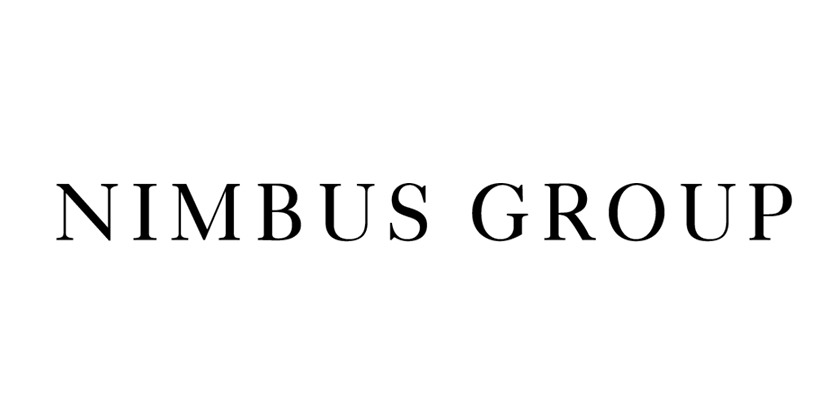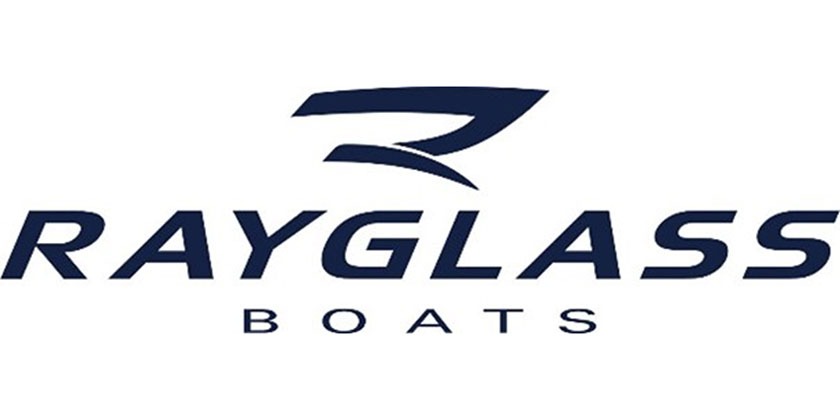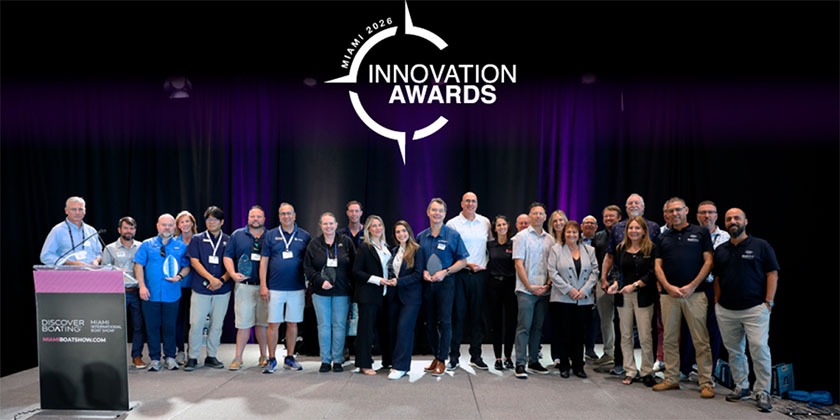AVOIDING DAYS OF THE LIVING DEAD

Apr 1, 2019
Addressing Workplace Zombies and Promoting Engagement One Person at a Time
By: Kate Zabriskie
Zombies in the workplace are soul-sucking, money-draining, productivity-killing entities that chip away at an organization’s spirit and its engagement levels one convert at a time.
These creatures often look like the rest of us, but deep down they’re cancerous beasts that can potentially drive a business to ruin.
So what’s a manager to do? Recognize the problem, know its source, understand why action is essential, and then do the work required to create a zombie-free workplace.
Knowing Your Zombies
Although zombies come in many varieties, most resemble one or more of the following:
1. Negative zombies – Often the easiest to spot, they complain, moan, and express their dissatisfaction regularly. Some will use humor to disguise their disgust, but they are nevertheless contagious and a threat to the uninfected.
2. Minimum-contributor zombies – They do the basics but nothing more. You will never see them looking for work or volunteering for projects. Furthermore, many act as if they are doing you a favor when you ask them to perform a task they get paid for doing.
3. Status-quo zombies – These change-averse creatures dig in their heels and fight the future. They are happy with everything the way it is and take no initiative to implement new ideas. The most dangerous of this variety will even resort to sabotage if they feel threatened.
4. Shortcut zombies – They find ways to cut corners and circumvent processes. Their choices frequently expose the organization to unneeded risk. Worse still, when these zombies are in charge of training others, they pass on bad habits and poor practices.
Identifying the Source
To rid an organization of zombies, you must understand how you got them. Each zombie has a creation story. These are the most common:
1. The ready-made zombie story: People who were really zombies when someone interviewed them, and they got the job anyway.
2. The we-did-it-here zombie story: Unlike the ready-made zombies, these zombies were created after they joined the organization. They were discouraged, taught to fear, or worse.
3. The retired-on-the-job zombie story: These zombies should be long retired, but because of a need to complete a certain number of years of employment before receiving some financial reward or other benefit, they’re still in the workplace and just going through the motions.
4. The abandoned zombie: Abandoned zombies are employees who could perform well if they didn’t feel as if they were the only ones who cared. After struggling alone, these poor creatures eventually succumbed and now just try to survive.
Making the Choice Before It’s Too Late
When left unchecked, zombies can take over a department, division, or even an entire organization with relative ease. For that reason, it is essential that organizations are focused and vigilant in their approach to zombie management.
Organizations that fail to take the problem seriously may find that it’s too late. To escape havoc when zombies gain a foothold, good employees will often leave for safer territory.
Then, by the time management recognizes its predicament, a lot of talent has walked out the door, and what remains is not sufficient to do great work.
Taking Action
Implementing an anti-zombie initiative is no easy task, but it can be done and done well if you take the process seriously and stay dedicated to invigorating your workforce.
Step One
Be candid about your numbers. High turnover is a strong sign that there is a zombie problem. High absenteeism, poor output, and substandard financial performance are other clues. Think about what you would see if your organization were-zombie free and what numbers would be associated with that vision. Next, compare those statistics to the current reality and set some performance goals.
Step Two
Once you understand your global numbers, you should measure employee engagement. You can run a formal survey with a company that specializes in engagement or create one on your own. As with step one, the goal here is to get a sense of what’s working, what isn’t, and the breadth of your zombie problem.
Step Three
Next, ask yourself what are you seeing and hearing that you don’t want to see, and what are you not seeing and hearing that you do? After you know where the gaps are, think about solutions to address those shortcomings. If your zombies belong to the status-quo category, for example, consider putting in a process whereby everyone is tasked with finding two ways to improve his or her work processes or outputs.
No matter what you choose, be sure you have the stamina to stick with the zombie-eradication tactics you implement. Fewer activities done well will beat a lot of mediocre ones every time.
Step Four
Be prepared to let go of those you can’t save. Despite best efforts, some zombies simply can’t be cured. If you’ve done all you can, and they’re still the walking dead or worse, it’s time to say goodbye. If the termination process in your organization is cumbersome and lengthy, at a minimum, you must protect the uninfected and recently cured from the zombie holdouts.
Step Five
Recognize success and coach for deficiencies. Saving zombies happens one employee at a time. People who are clear about expectations, receive proper training, get coaching when they miss the mark, and feel appreciated when they get it right or go above and beyond, are highly unlikely to enter or venture back into zombie territory.
Ask
• Do managers “walk the talk” and model anti-zombie behavior?
• Do employees understand how their work is connected to the organization’s goals? Can they explain that connection in a sentence or less?
• Are employees held accountable for following established processes and procedures?
• Do managers confront negativity?
• Do managers encourage and reward initiative?
• Do they meet one-on-one with their direct reports on a regular basis?
• Does a strong zombie-screening interview process exist?
• When good people leave, does someone conduct an exit interview to see if zombies are the reason for the departure?
The answers to those questions should serve as a starting point for encouraging engagement and avoiding everything from a small zombie outbreak to a full-blown apocalypse. You can never be too prepared.
ABOUT THE AUTHOR:
Kate Zabriskie is the president of Business Training Works, Inc., a Maryland-based talent development firm. She and her team help businesses establish customer service strategies and train their people to live up to what’s promised. For more information, visit www.businesstrainingworks.com.
























